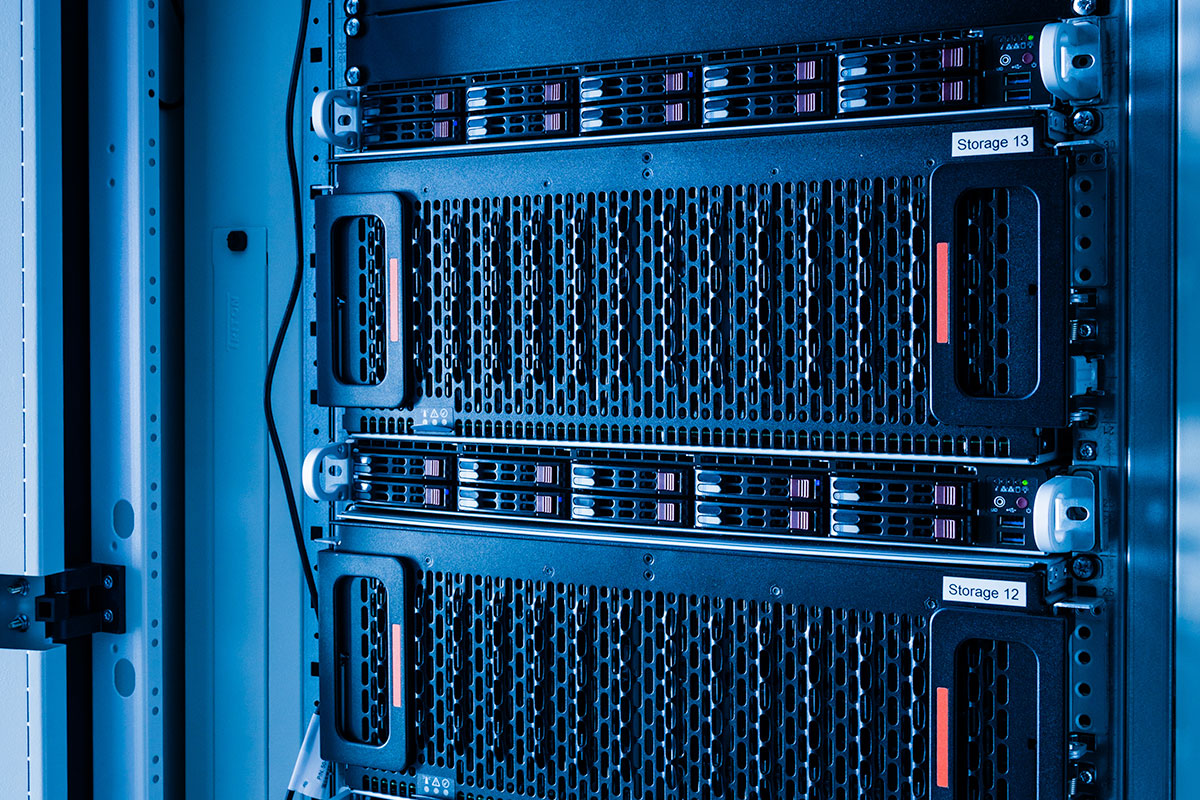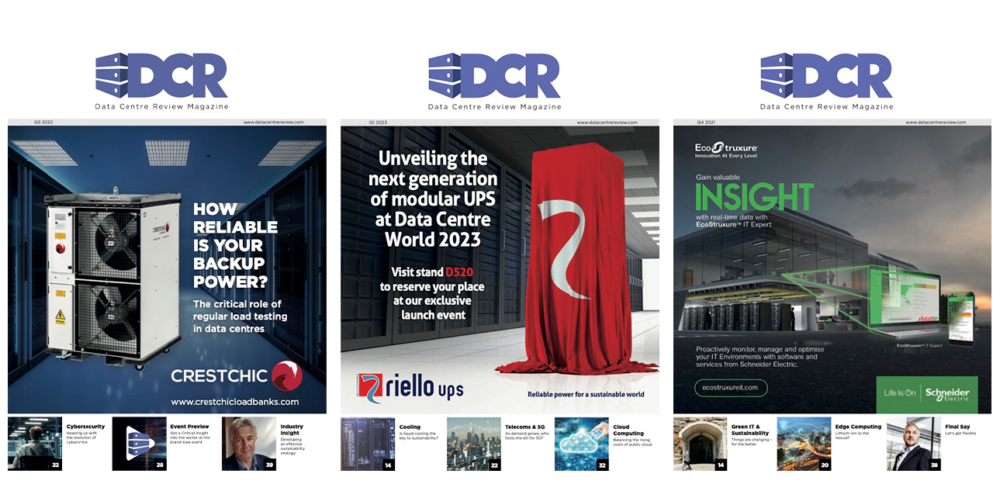Advanced storage and memory solutions are critical to data centres’ ability to manage soaring power demands and maintain uptime in our ever-expanding digital world, as Iwona Zalewska, Regional Director for UK & Ireland, DRAM Business Manager, EMEA Region at Kingston Technology Europe, explains.
While data centres have long been the unsung backbone of our ever-expanding digital lives, their importance has recently become big news due to the unprecedented demands of AI for scalable infrastructure and sustainable solutions. And it’s not just AI, but cloud services, streaming platforms and real-time applications, that are ramping up the pressure on these uncomplaining powerhouses.
Given that this 24/7/365 globalised era requires uptime of at least 99%, enterprises and data centre operators are asking how they can manage everything from power consumption and cooling efficiency to security and storage performance, whilst remaining reliable and sustainable and meeting their Service Level Agreements.
The immense challenge of power and cooling
While hyperscale data centres have been designed and built to handle massive amounts of data processing and storage, often supporting large-scale cloud-computing operations with thousands of servers, more traditional facilities do not have this capacity. But they still find themselves under pressure to scale up. One of their biggest challenges is handling the vast amounts of power required to maintain the functionality of their facilities. Even mid-sized data centres now consume enough energy to serve a small town, making power availability a significant concern, especially in regions where supply is limited.
At the same time, servers generate immense heat, and maintaining an optimal temperature is critical to preventing hardware failures, so effective cooling is essential. Traditional air-based cooling solutions, while effective, consume large amounts of energy and water. To address this, many data centres are turning to advanced liquid cooling techniques, which provide superior heat management while reducing environmental impact. Some are even retrofitting existing systems with “on-chip” liquid cooling technology, allowing for more efficient cooling without requiring a complete infrastructure overhaul.
Added to these concerns is sustainability. Many data centres are incorporating power usage effectiveness (PUE) and water usage effectiveness (WUE) metrics to monitor and optimise energy and water consumption. By adopting these measures, the industry is working towards reducing its ecological footprint while maintaining high-performance standards, but it also means that facilities need to find ways to be compliant.
Shifting to high-performance storage solutions
AI requires significant computational power to analyse and learn from massive datasets and as AI models are increasingly deployed by enterprises, data centres must evolve to meet the high level of data processing involved. This also means that storage solutions must evolve.
Traditional mechanical hard drives, once the industry standard, are now becoming obsolete and unfit for the digital age due to their slower speeds and higher failure rates. In their place, solid-state drives (SSDs) have become the preferred choice, offering superior speed, durability, and efficiency.
SSDs provide low-latency access to data, making them ideal for high-demand applications such as AI, machine learning, and virtual environments. These advanced storage solutions also allow data centres to maximise performance per rack, enabling greater storage density while reducing physical space requirements. The improved efficiency of SSDs translates into lower cooling needs per unit of data, which helps data centres to further support their sustainability goals.
Speed and efficiency are of the essence
Alongside improved storage, data centres also need to look at how they can optimise memory to improve their operations. It is not just the complexities and demands of AI, but real-time applications and streaming services that require faster processing speeds and greater bandwidth. Memory has a big role to play in helping facilities to keep pace. One major trend is the transition from DDR4 to DDR5 memory, and all the improvements in performance and efficiency that this affords.
DDR5 memory allows for higher data transfer rates, reduced power consumption, and better overall system responsiveness. These enhancements are particularly beneficial for workloads involving AI and big data analytics, but selecting the right memory configuration is essential to ensuring seamless performance while minimising operational costs.
Built-in security
With cyber threats evolving rapidly, data centres must also consider their physical and digital security needs. This means implementing multiple layers of protection, including hardware encryption, secure access controls, and robust cybersecurity protocols. Encrypting data at both the storage and transmission levels ensures that unauthorised entities cannot access critical information.
In addition, as cyber threats become more sophisticated, organisations must continuously update security frameworks to mitigate potential risks. This includes integrating advanced threat detection systems, strengthening access controls, and ensuring compliance with the latest security standards.
Data centres at the centre of a revolution
The digital explosion has resulted in a fundamental transformation of the data centre world and more change is to come. As demand grows, facilities must adapt and build support structures and introduce mechanisms, including high-performance storage, efficient cooling technologies, and robust security measures. The adoption of SSDs, advanced memory solutions, and sustainable practices will allow data centres to be better equipped for even the most exacting and demanding innovations, helping them pave the way for a more efficient, sustainable and resilient future.


